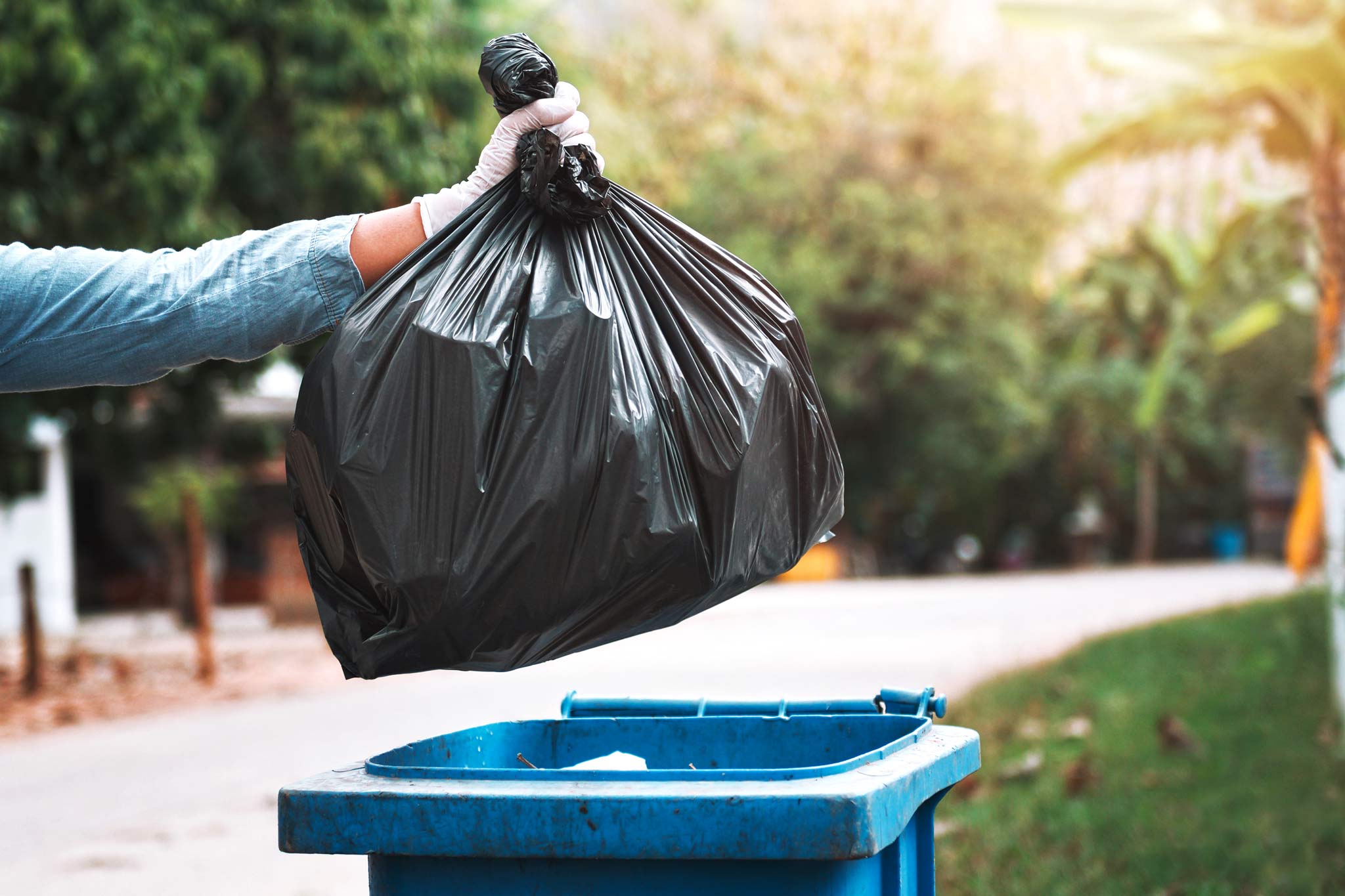Sustainable Products Should Not be Discarded in Sealed Garbage Bags

For the majority of us, we’re well aware of the terms “sustainable products” and “biodegradability” – buzz words often splashed across news headlines and advertising campaigns from coast to coast.
While we grumble over recurring conversations and debates on climate change, we still try and do our part by choosing to purchase sustainable products that are biodegradable, such as fiber growing containers at our local garden center.
But the topics of biodegradability and sustainability are the subjects of continuous debate in both the scientific community and your own community (and a topic we’ve covered in a previous post).
People assume that if something is branded “biodegradable” that no other circumstances need to be addressed in order for this naturally occurring process to effectively happen. Let’s think about the scenario below.
This fall, you purchased colorful mum plants from a local garden center – pre-potted in an earthy-looking fiber container, advertised as being biodegradable. You’re reassured by a knowledgeable staff member that the container will in fact biodegrade in the soil in about a year, depending on conditions.
You bring it home, plant it in an existing, larger decorative container, arrange it on your front porch with a few pumpkins and pretty much forget about that biodegradable container until the end of November when the fall decorating season typically comes to an end.
While cleaning up some leaves and other debris from the fall, you notice the now dry, brown mums sitting on your front porch. You pull them from your decorative container (fiber pot and all) and toss the entire thing into a large, black garbage bag to be hauled away to your nearest landfill.
In your mind, you still think you’ve done your part to help the environment by purchasing sustainable products way back in September. But any and all benefits that container once possessed, were erased the moment you discarded it in a large, black garbage bag. Here’s why.
According to an EarthTalk column, “Organic materials “biodegrade” when they are broken down by other living organisms (such as fungi, bacteria or other microbes) into their constituent parts, which are in turn recycled by nature as the building blocks for new life. The process can occur aerobically (with the aid of oxygen) or anaerobically (without oxygen). Substances break down much faster under aerobic conditions, as oxygen helps break the molecules apart, a process called oxidation.”
Landfills are anaerobic, and therefore, biodegrading happens very, very, very slowly.
In fact, an archeological study of landfills conducted by researchers at the University of Arizona uncovered still-recognizable 25-year-old hot dogs, corncobs and grapes in landfills, as well as 50-year-old newspapers that were still readable.
Yes, biodegrading is a naturally occurring process. But sustainable products branded biodegradable should NEVER be discarded in a sealed, plastic garbage bag, which only slows down the aerobic process and negatively clogs up landfills.
The lesson? Make sure you’re taking the time to sort through your garbage before simply tossing it inside a sealed, plastic garbage bag so nature can properly do its job.
Interested in sustainable solutions?
Browse our full line of sustainable fiber solutions for greenhouse and nursery growers.
Browse Products

 Find the Perfect Planter
Find the Perfect Planter